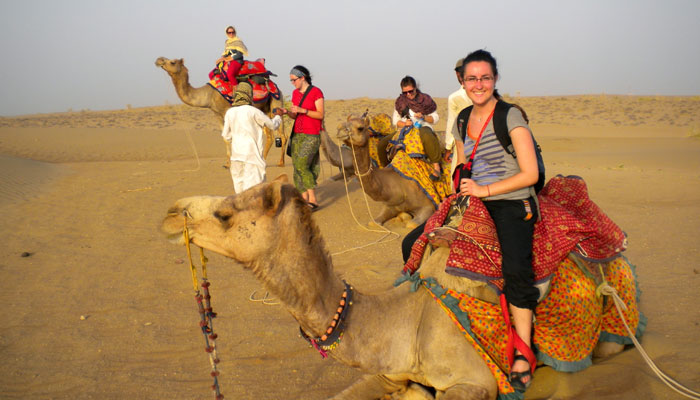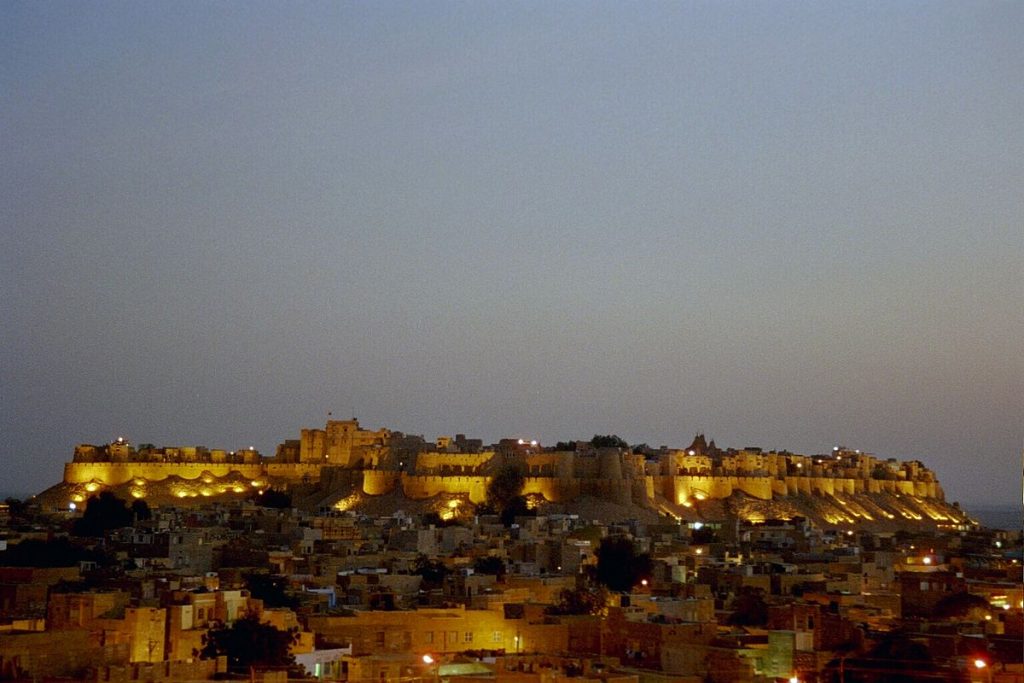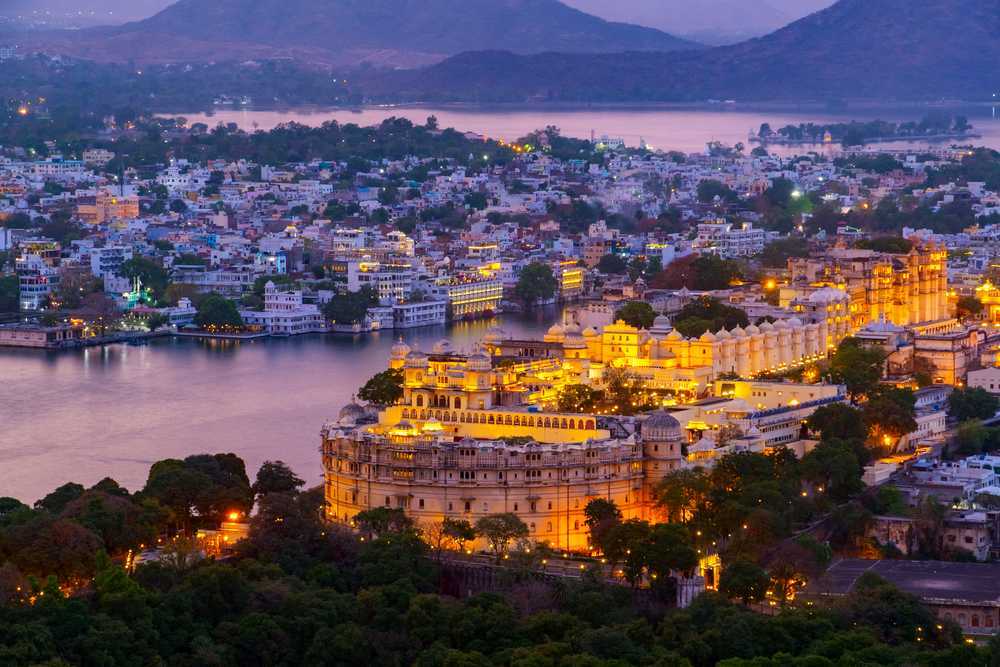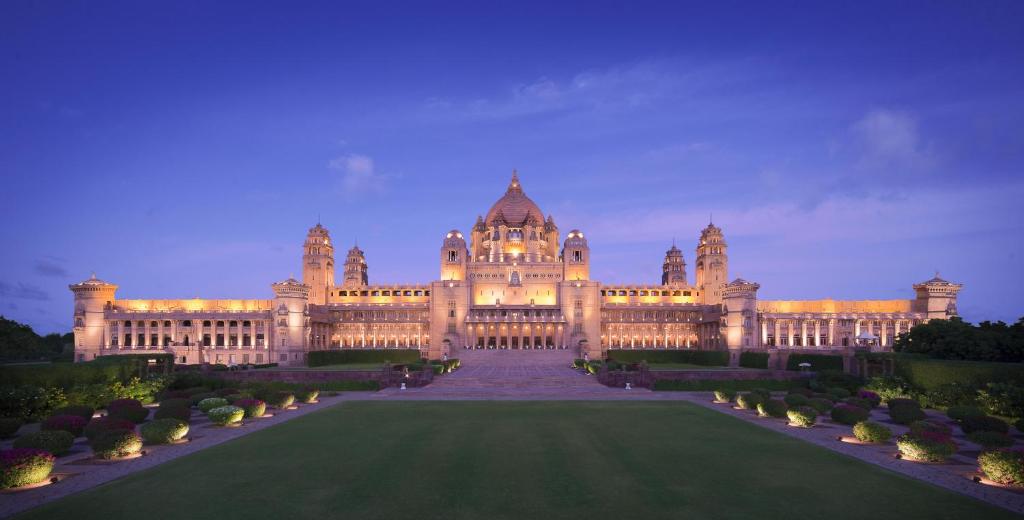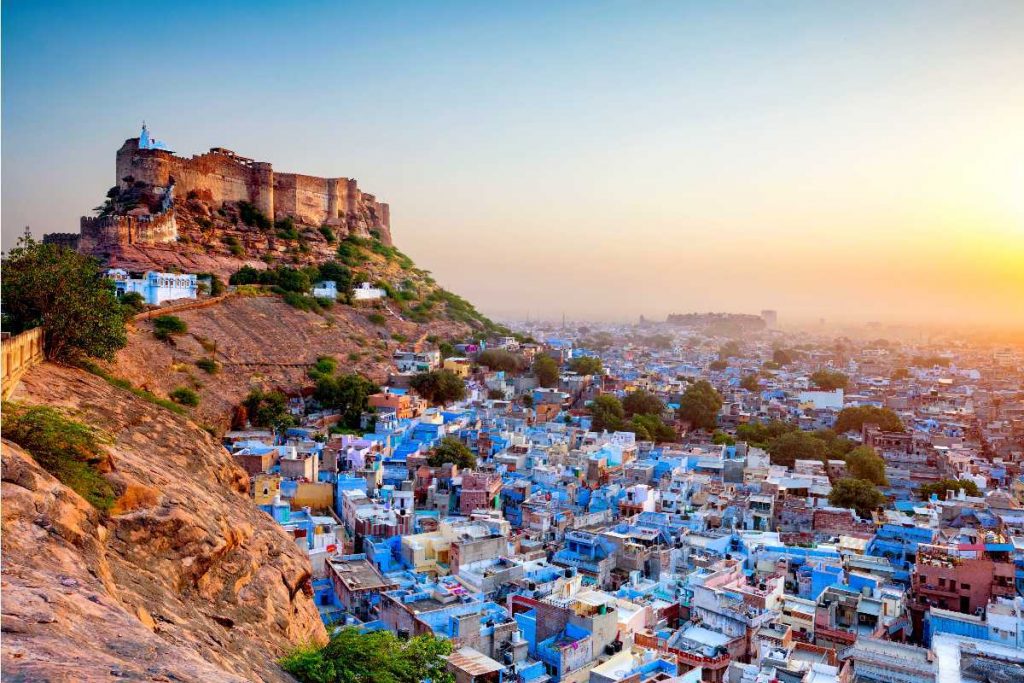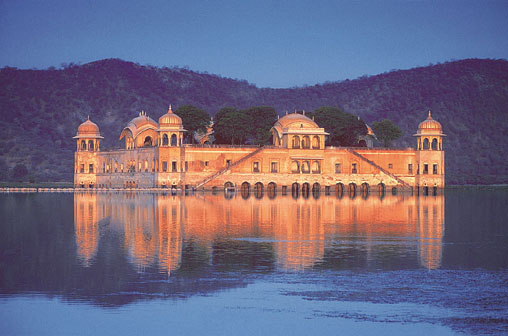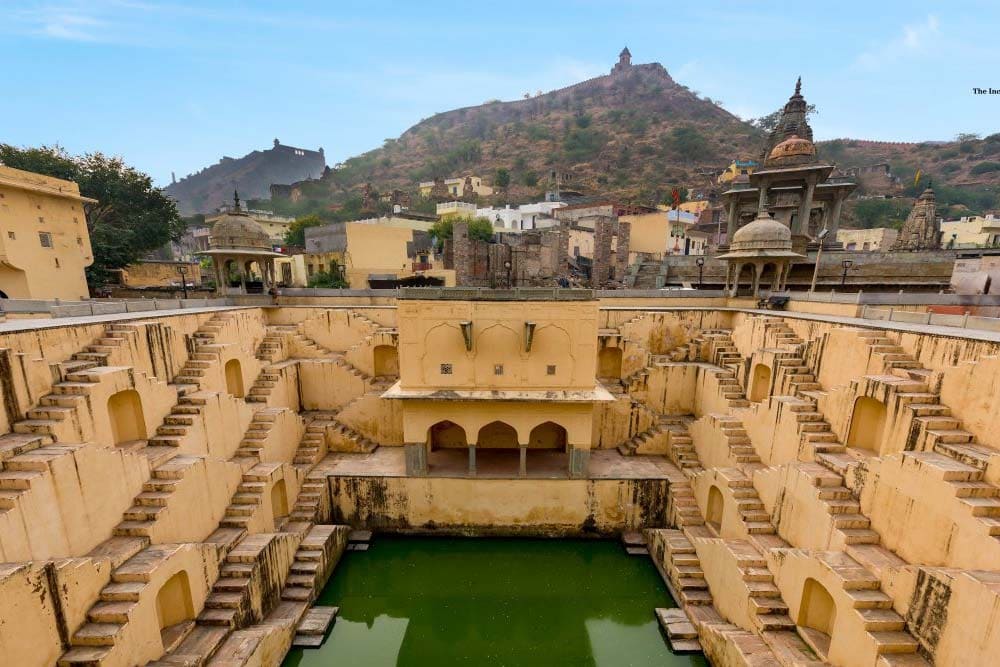Indian culture and Customs
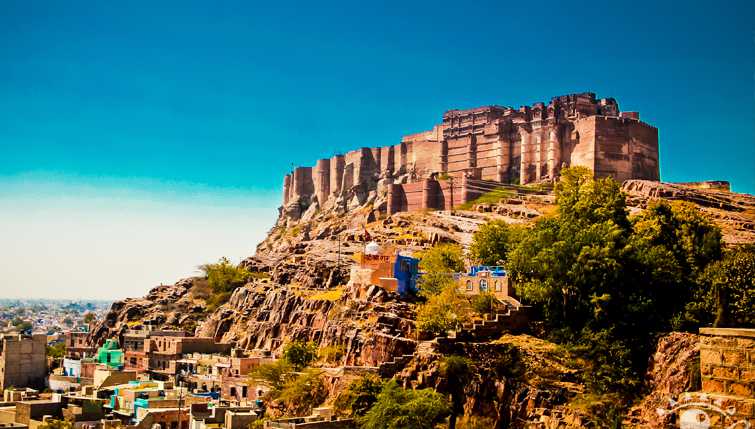
Indian culture and Customs, India is a deeply religious society, to the point that religion plays a central and definitive role in the life of the nation and many people. It is the cradle of several religions of the world. A multi-technical and pluricultural society that has enriched its cultural heritage. It is definitely a great adventure to walk through the customs and traditions of India. The following curious traditions of India may hit you.
Indian culture and Customs
Indian culture and Customs, upon arrival at the airport, you will meet and be assisted our representative driver who will welcome you and take you to your previously booked hotel. Things to see in South India, hotel booking, train booking, flight booking, car, driver, guide, escort, and shopping anything you need in your travel the team of India’s Invitation will make all the arrangements so perfect for your budget, India’s Invitation says ” travel with us because we care”.
The sacred cow
Indian culture and Customs, the sacred cow of India was conceived centuries ago as Devi (the goddess), or symbol of mother nature that would begin to incite India to vegetarianism. Unlike what many people think, the cow is not revered as such, it is simply respected and it is only during the Gopastami festival that it is washed and adorned with mantras.
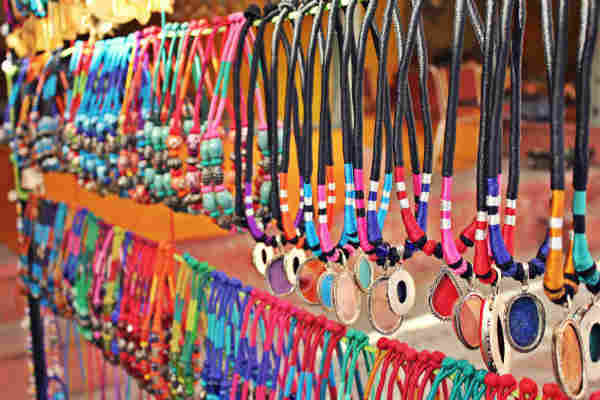
The bindi culture
Indian culture and Customs, at this point, the famous mole that Hindu women wear on their foreheads has become a motif used by everyone, sometimes bordering on the fine line between tradition and cultural appropriation. However, in India it continues to be recurrent in married women, who paint the red mole as a symbol of commitment to sandalwood and saffron. Some men also wear it in their workplaces as a symbol of good fortune, while non-believers use it as a decorative accessory in various colors. Its mystical motive lies in placing it in the sixth chakra, also known as the third eye.
Be a mahout
Indian culture and Customs, India, especially the south, is one of the places where the greatest number of elephants is concentrated around the world. For this reason, many of the families dedicated to these noble animals derive their activity to their children, who will become mahouts, or caretakers of elephants. The mahout takes care of the elephant since the animal is small, so that it gets used to its owner.
The Buddhist song
Indian culture and Customs, in the Buddhist religion, reciting and singing the sacred texts is seen as an approximation to Enlightenment and is undoubtedly one of the curious traditions of India in the eyes of the West. While this practice is carried out especially in Tibet, lama monks from states such as Jammu & Kashmir, in northern India, also tend to practice it. This tradition was designated as intangible heritage of UNESCO in 2008.
Namaste
Indian culture and Customs, in India, shaking hands is not a usual custom, in fact it is usually seen more as a Western gesture. The typical thing is to join the two palms of the hands and bring them to the height of the chest while you say the famous “Namaste”. These culture, more than traditions we could consider them customs, Allow yourself to include them because they will be of great help when it comes to adapting to the local culture of India.
Customs in India
Indian culture and Customs, the religious value of India, which rests in Buddhism, Hinduism or Islam, supports the great amount of typical customs that it possesses; some are as old as their own existence, which is amazing, because how an ancient country maintains practices that should have disappeared over the centuries and the evolution of their own society.
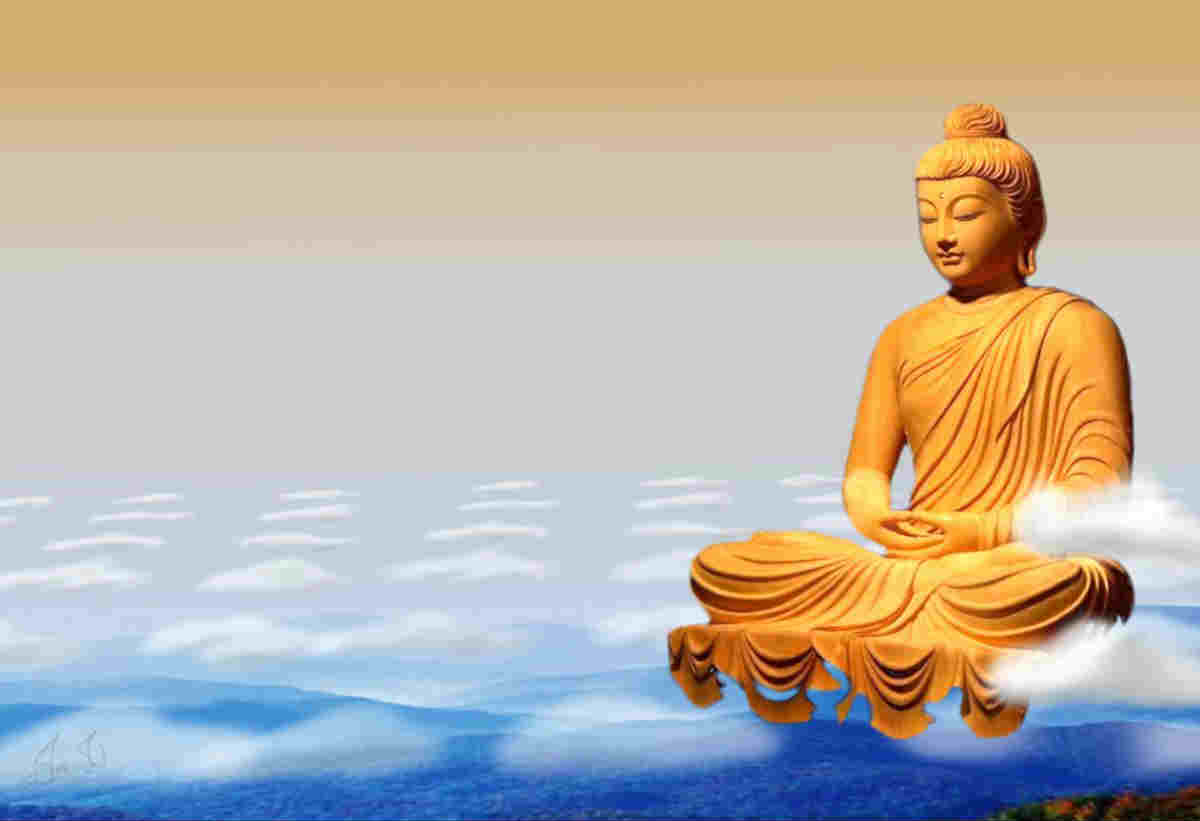
The customs and traditions of India are diverse and surprising, and they attract the attention of tourists. These curious traditions of India encompass part of the cultural aspects of a nation in which colors, music or spirituality form an intangible part of their existence.
If you are also traveling in India please read these blogs also Travel to India in August, Travel Checklist for India, Common Tourist Scams in India, also read our Spanish blog Viaje a India Blog, and Italian Blog Agenzia Viaggio India

